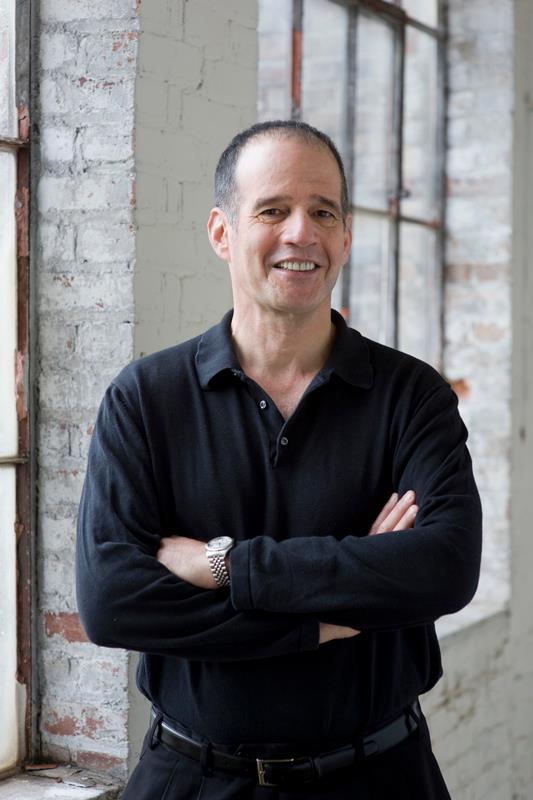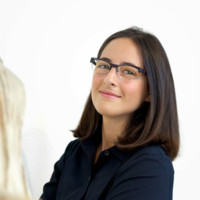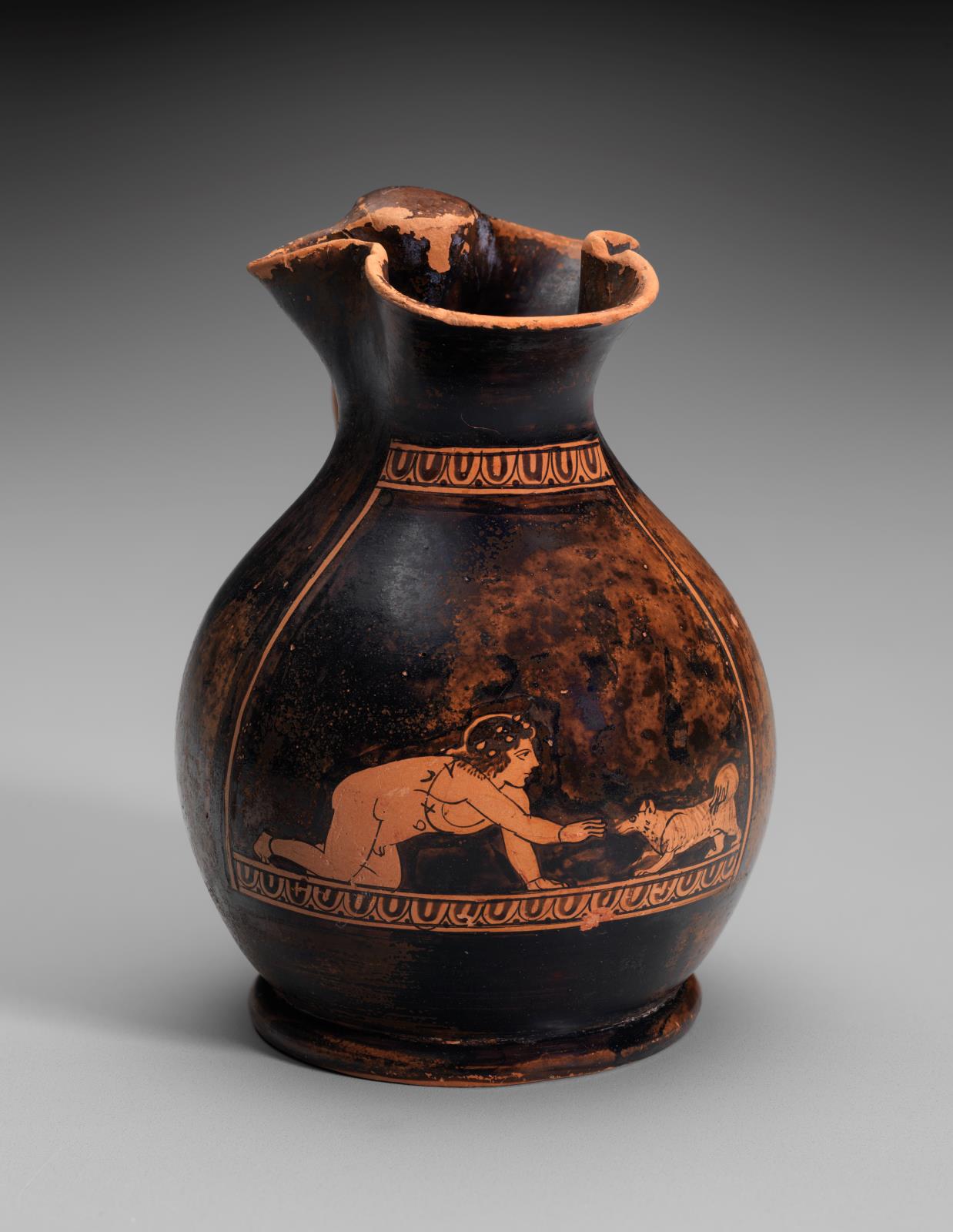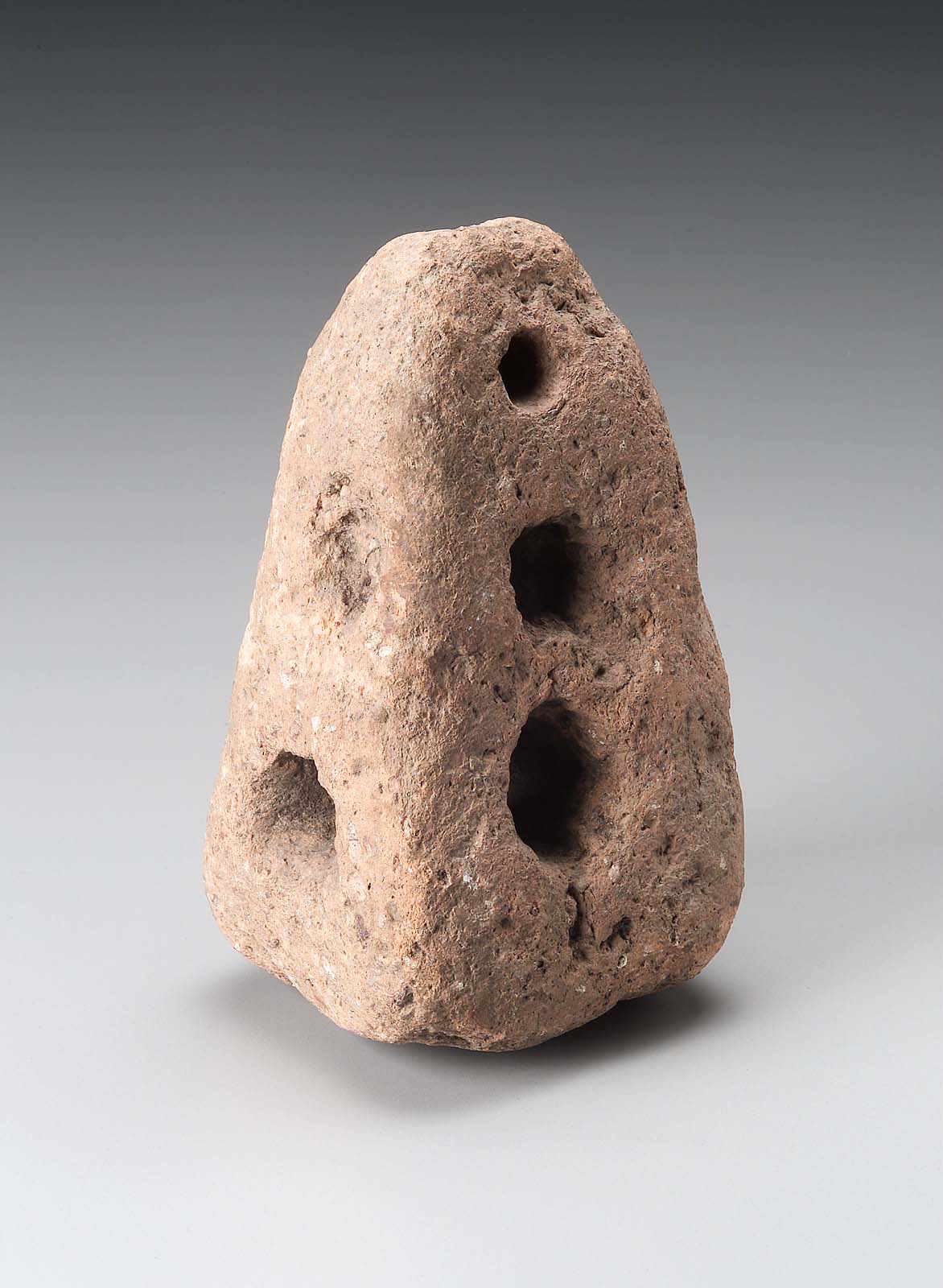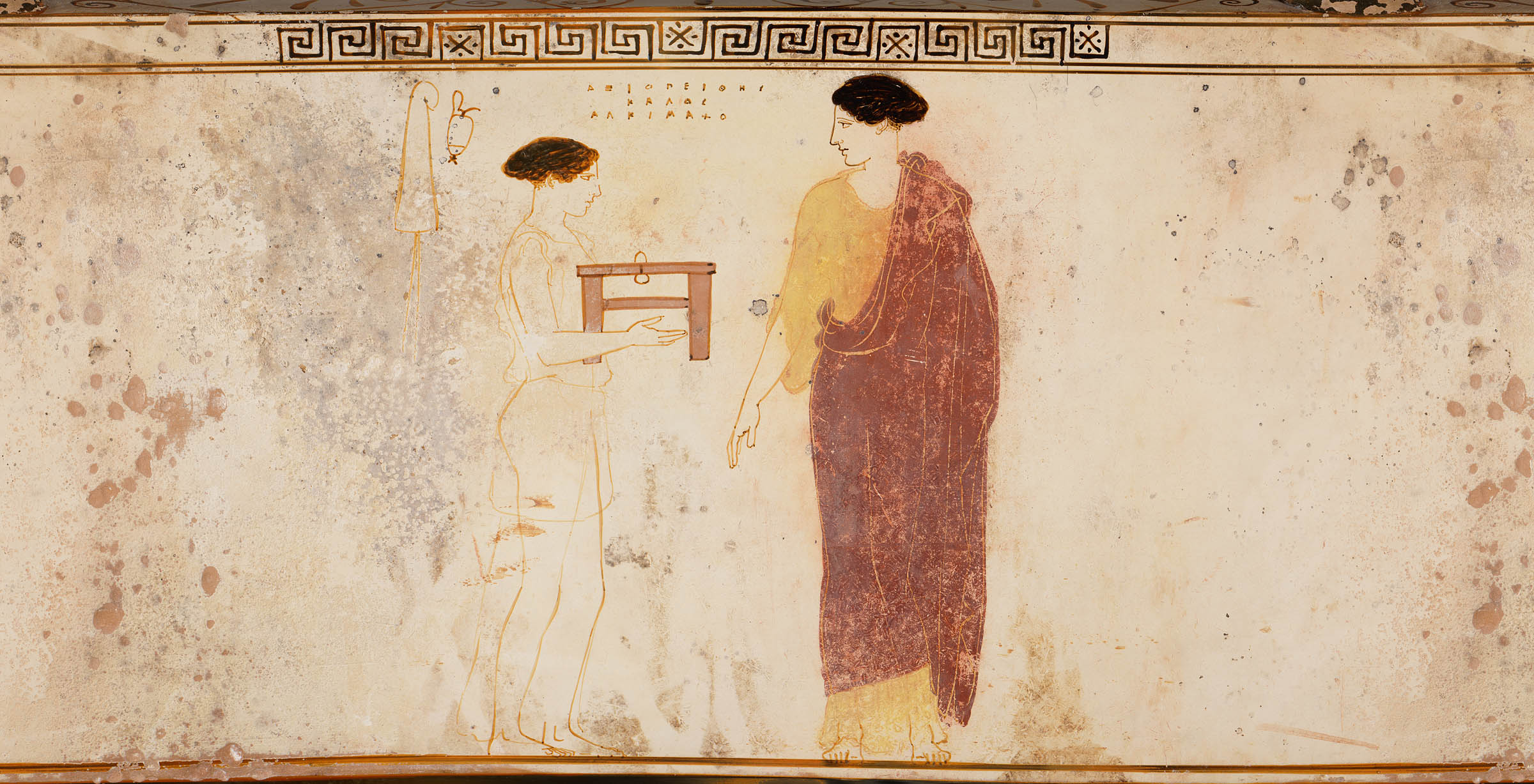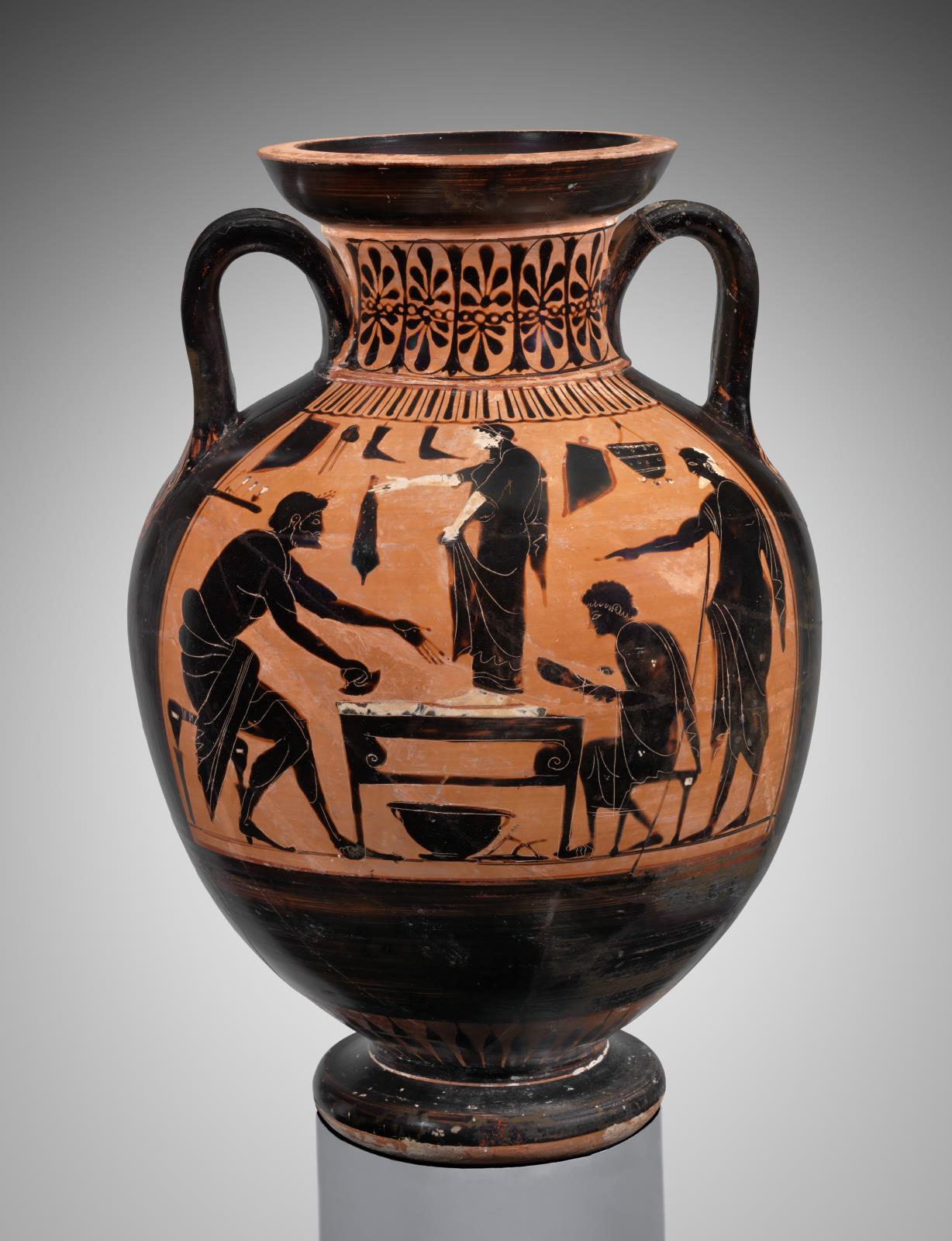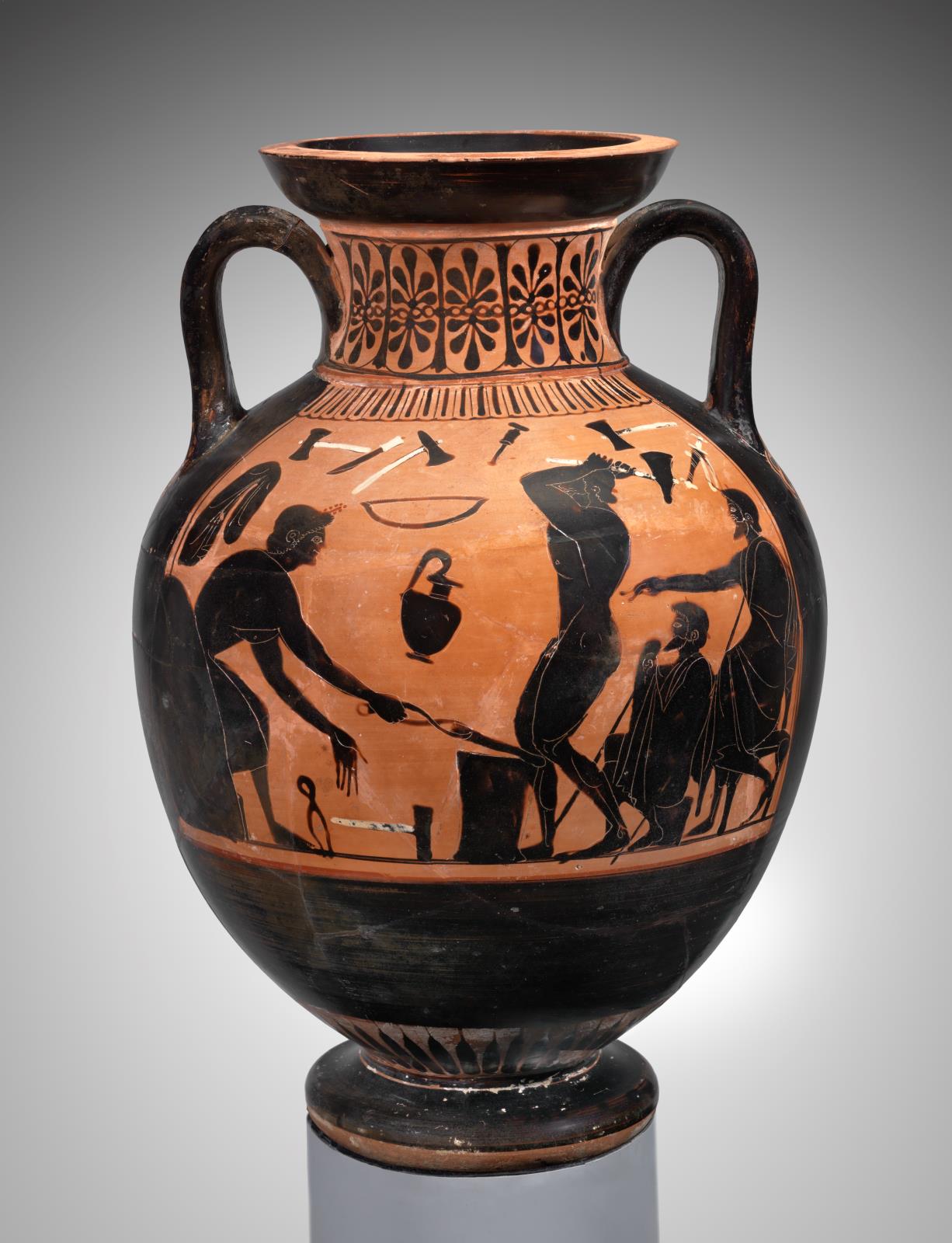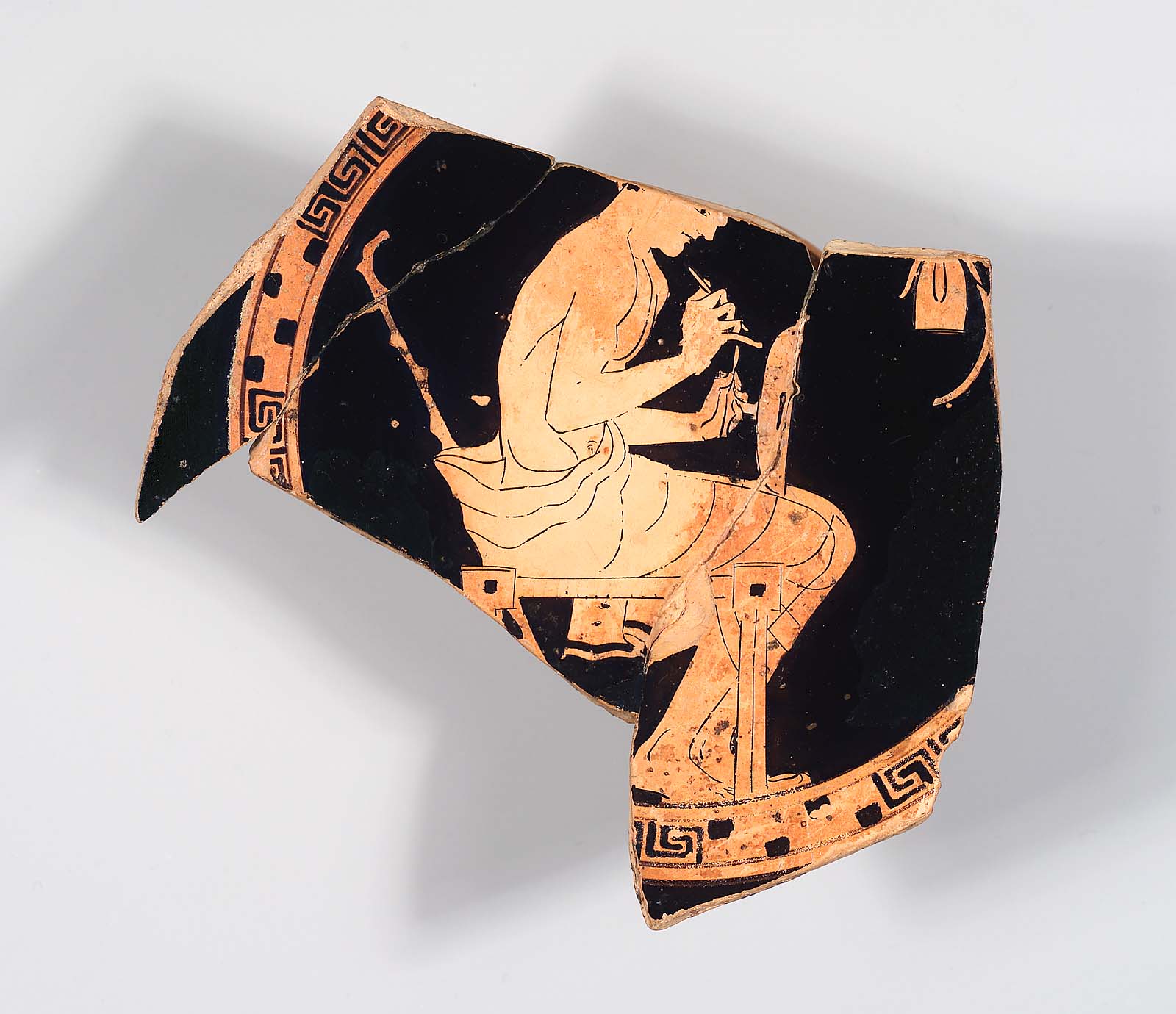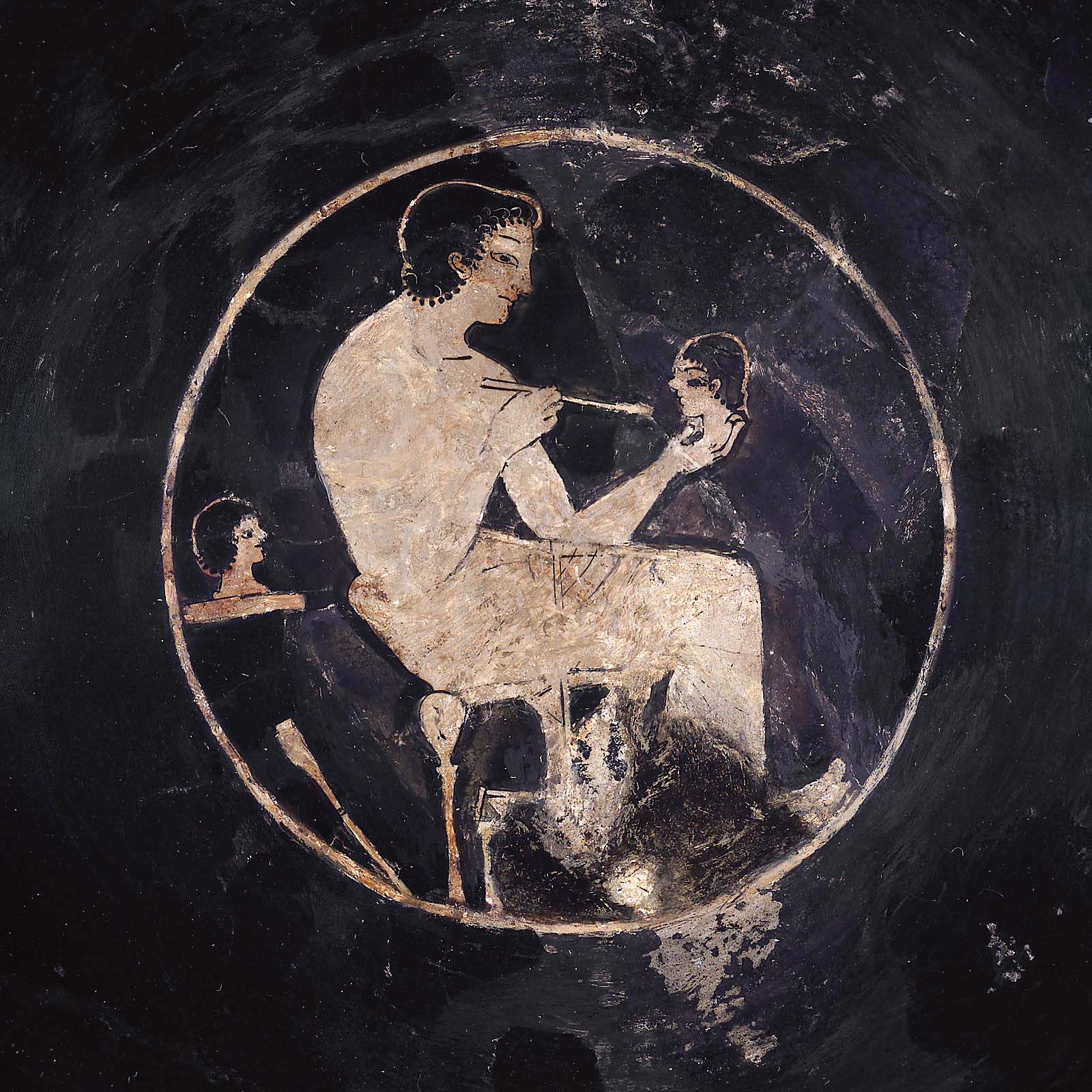Primary Sources:
Thucydides' The History of the Peloponnesian War (Book 5)
Plutarch's Life of Nikias
Plutarch's Life of Alcibiades
Diodorus Siculus' The Library of History (Book 12)
A podcast series covering Ancient Greek & Hellenistic political, social, and cultural history from prehistory to the Roman conquest



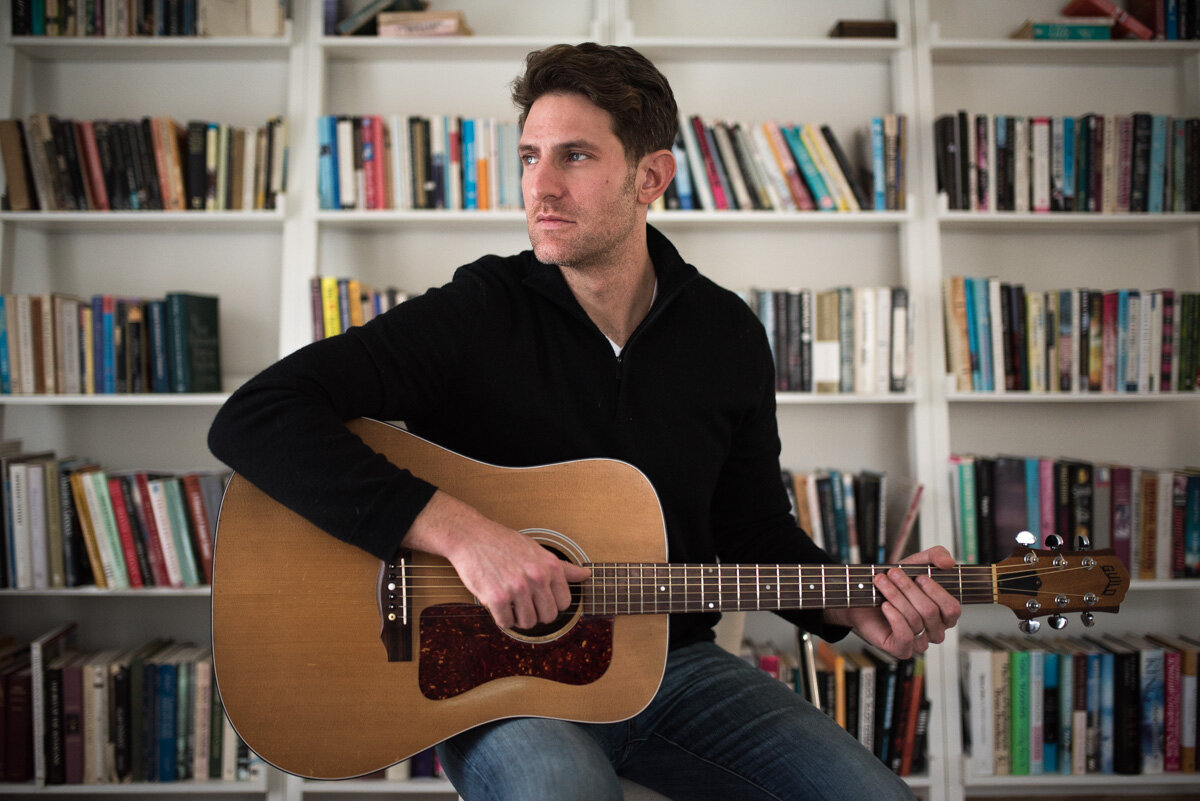
In this episode, we discuss the first year and a half of the war (431-430 BC), as both Sparta and Athens initiated their war strategies, including a Theban sneak attack on Plataia that began the war, Peloponnesian land raids on Attika, Athenian naval raids on the Peloponnesos and northwestern Greece, Athenian alliances with Odrysian Thrake, a famous funeral oration by Perikles, and a deadly plague that devastated Athens
In this episode, we discuss the two major events over 433/2 BC that led Perikles to claim that he could see war "coming out of the Peloponnesos" (the Potidaia revolt and the Megarian embargo); the speeches given by the Korinthians, Spartans, and Athenians on the eve of the Peloponnesian War; and both sides' financial and military resources, war aims, and tactical strategies

